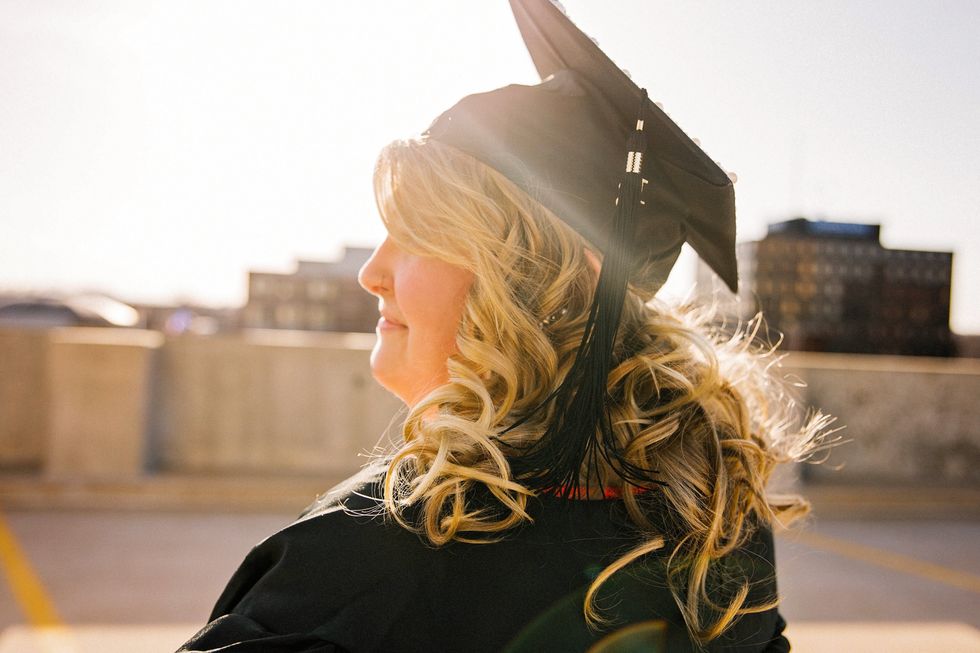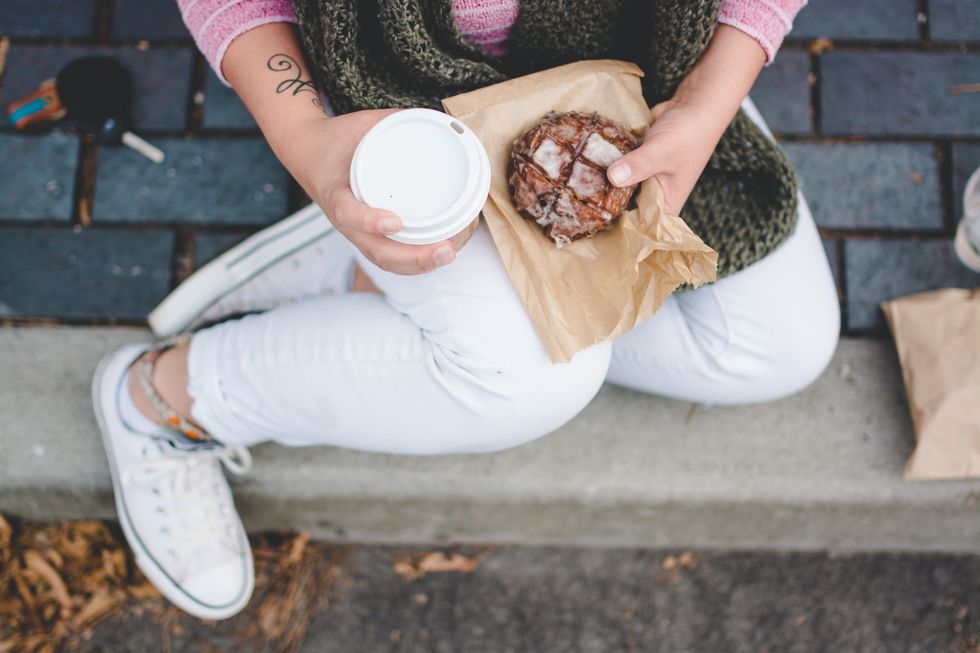Though we are far south in Sunny San Diego, Northern California has suffered the most out of the 50 states in terms of wildfire damages. Six to eight hours north are some of the most spontaneous and extreme wildfires that the west coast has ever experienced. Some studies point towards the rise in temperature, dry weather or even mention this year's fire season as the "Perfect Storm."
No matter the conditions for disaster, what is important is the safety of our citizens, friends and loved ones that we hold close to our hearts. As temperatures rise and the California wildfires become increasingly destructive each year, following a wildfire preparedness checklist could just save you and your family's life when least expected.
Below, I go into detail of some emergency safety tips provided by CAL FIRE. View the full safety checklist here.
1. Three-day supply of non-perishable food and water
Following an unexpected disaster, the power lines can be down which may mean the possible loss of access to grocery stores, gas stations, and convenience stores. No electricity means no way to keep perishable foods ripe, which is why I highly recommend preparing an emergency food supply.
Foods that are non-perishable include:
- Protein bars, CLIF bars or fruit bars
- Peanut butter (No jelly. Sorry.)
- Canned juices
- Anything dried
- Food for infants
- Dry cereal/granola
- Ready to eat foods like canned meats, fruits, and veggies
- At least 3 gallons of water per person
- Most importantly, a can opener
2. A first-aid kit
Carrying some first-aid essentials, such as antiseptic wipes, a splint, and soap to name a few, are game changers in a time of emergency. It only takes about 15 minutes out of your day to pick up, depending on how far you live from your nearest local Red Cross office. If you don't want to go to a Red Cross, making your own custom kit is also a great option!
When creating your own First-Aid kit, make sure to include each of these items:
- Scissors that are sharp enough to cut through tough materials
- Adhesive tape strong enough to bind to anything
- A split in case someone injures themselves
- Soap
- Antibiotic ointment
- Hydrogen peroxide
- Sterilize gauze pads of various sizes and shapes
- A contacts list of emergency phone numbers
- A first-aid manual that is up to date with your current year
View the full list here at Kidshealth.org. When building your first-aid kit, pack, and store as many items as possible. There is no such thing as over preparing for the worst. When the moment comes, you will be thanking yourself.
3. Copies of important papers and documents
Maintaining physical copies of important documents that prove who you are and what you own is key to surviving an emergency. Not only does keeping your documents contained a single safe area keep you organized, but it also can help with claiming insurance following a California wildfire.
Local Sacramento wildfire attorney Eric Ratinoff claims that creating a home inventory worksheet to maintain your possessions in case of an event like a fire, though difficult, will save you thousands of dollars when it comes to your insurance claim.
Personal identification records: According to FEMA.gov keep a personal record of contacts like an address book and backups of important computer files.
Vital records: You should also keep handy various forms of identification like your driver's license, passports, military ID's, proof of insurances, medical and vaccination records and citizenship papers.
Real estate plans and financial documentation: Have any wills, trusts, funeral instructions and the powers of attorneys documents ready to go just in case. Any information and documentation of credit cards, bank statements, and investment records should also be included.
Information on the recovery of lost identification due to wildfires and an in-depth list can be found at the FEMA site. When the time of emergency comes and our technology fails us, it will force us to rely on physical documentation.

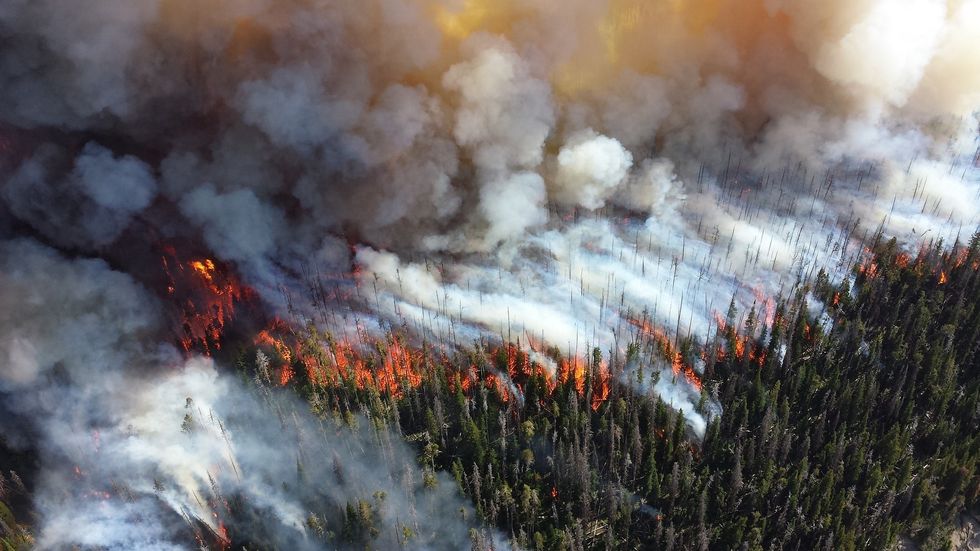

 Photo by
Photo by  Photo by
Photo by  Photo by
Photo by 










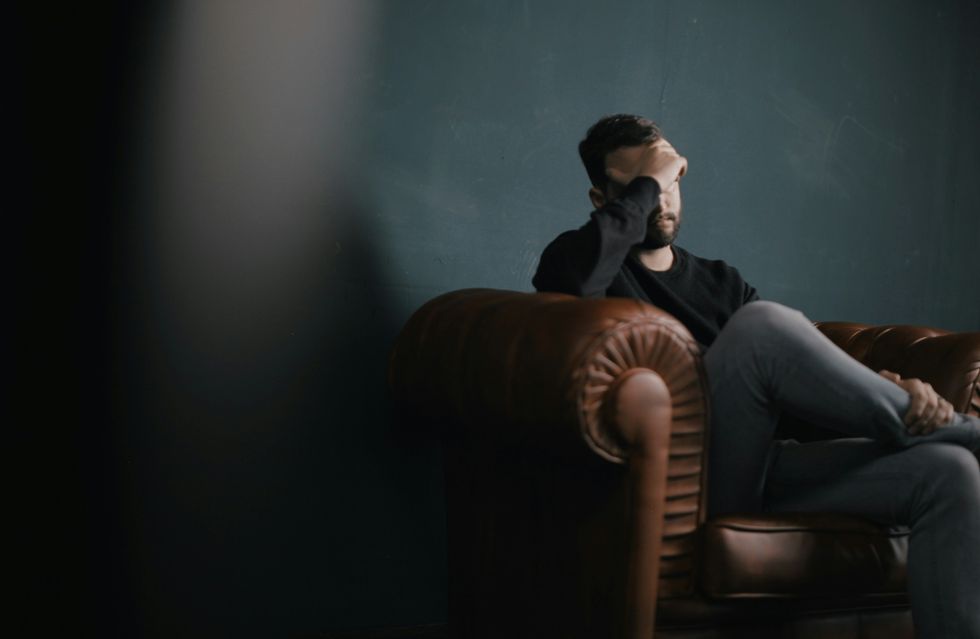 Photo by
Photo by 
 Photo by
Photo by 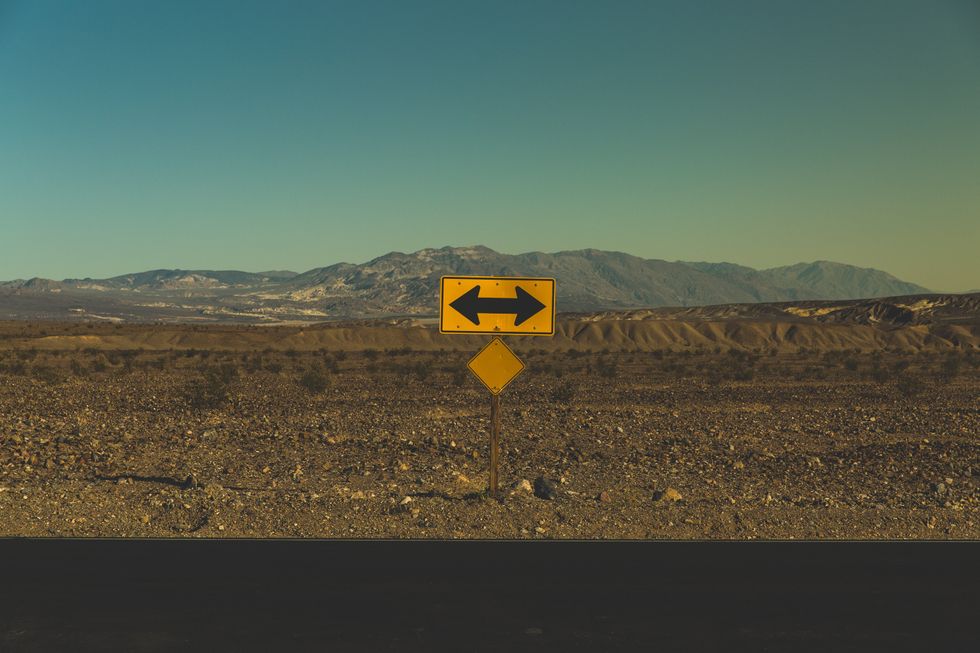
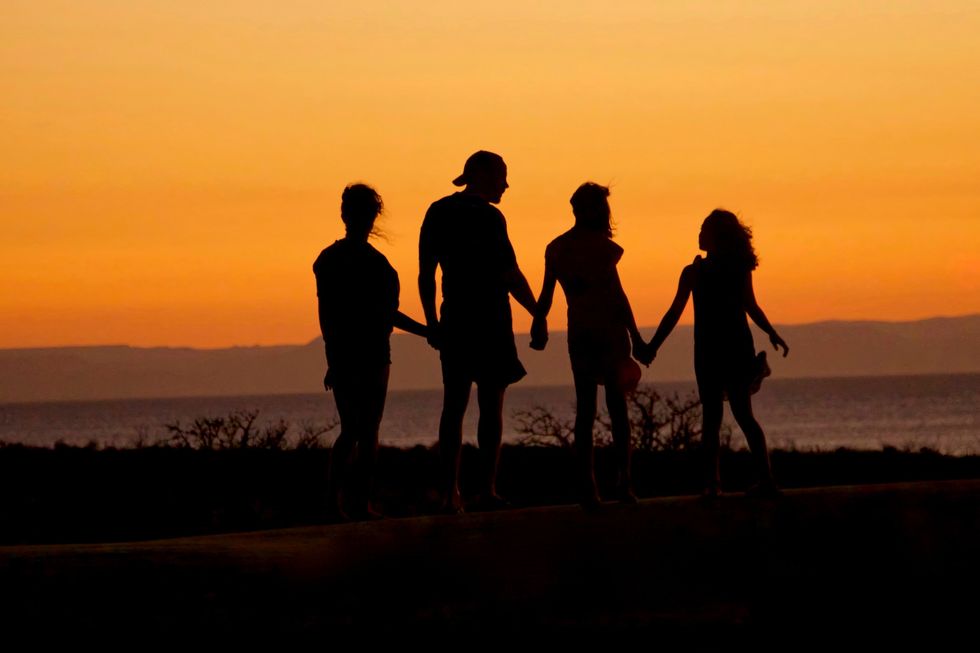
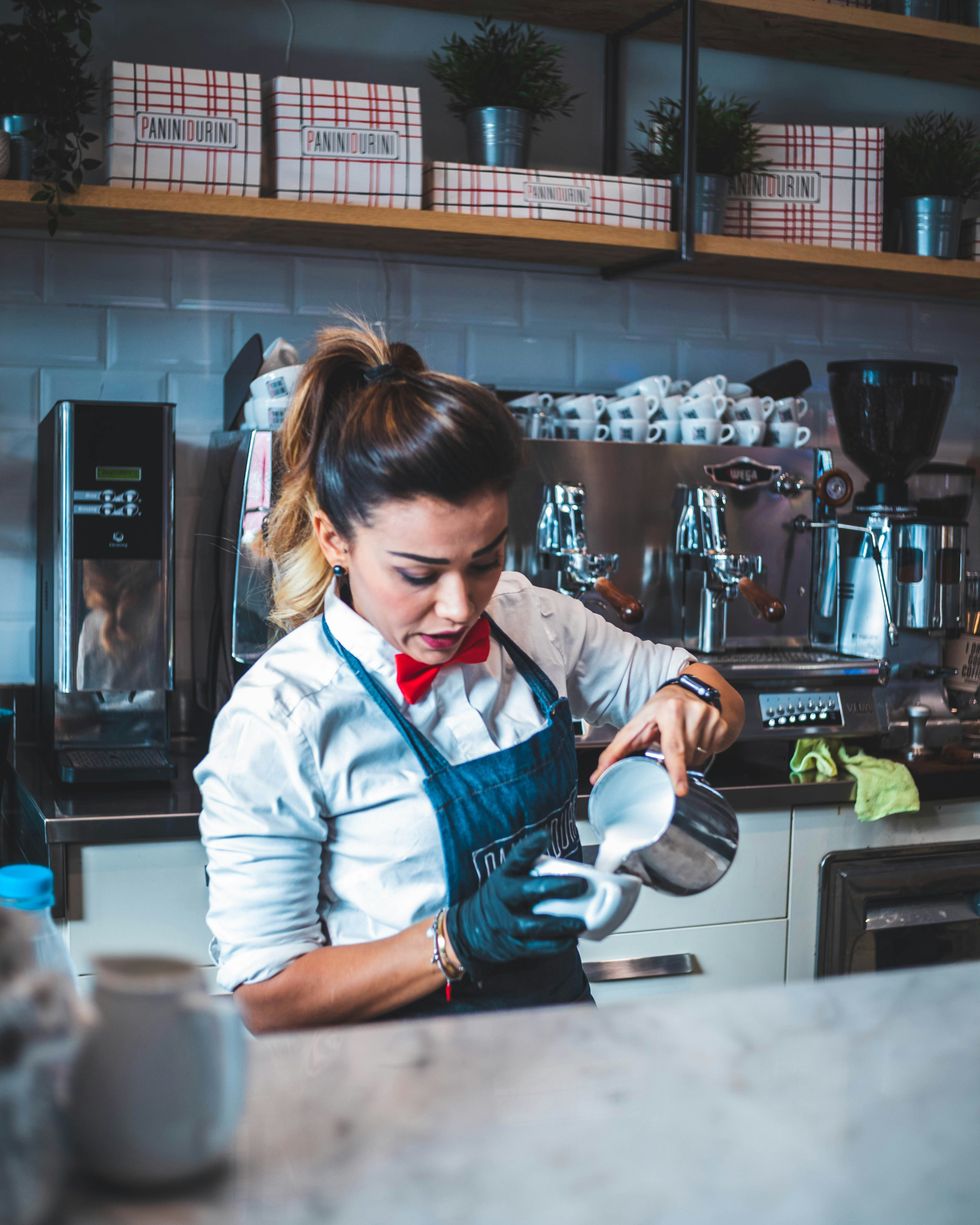 Photo by
Photo by  Photo by
Photo by  Photo by
Photo by 